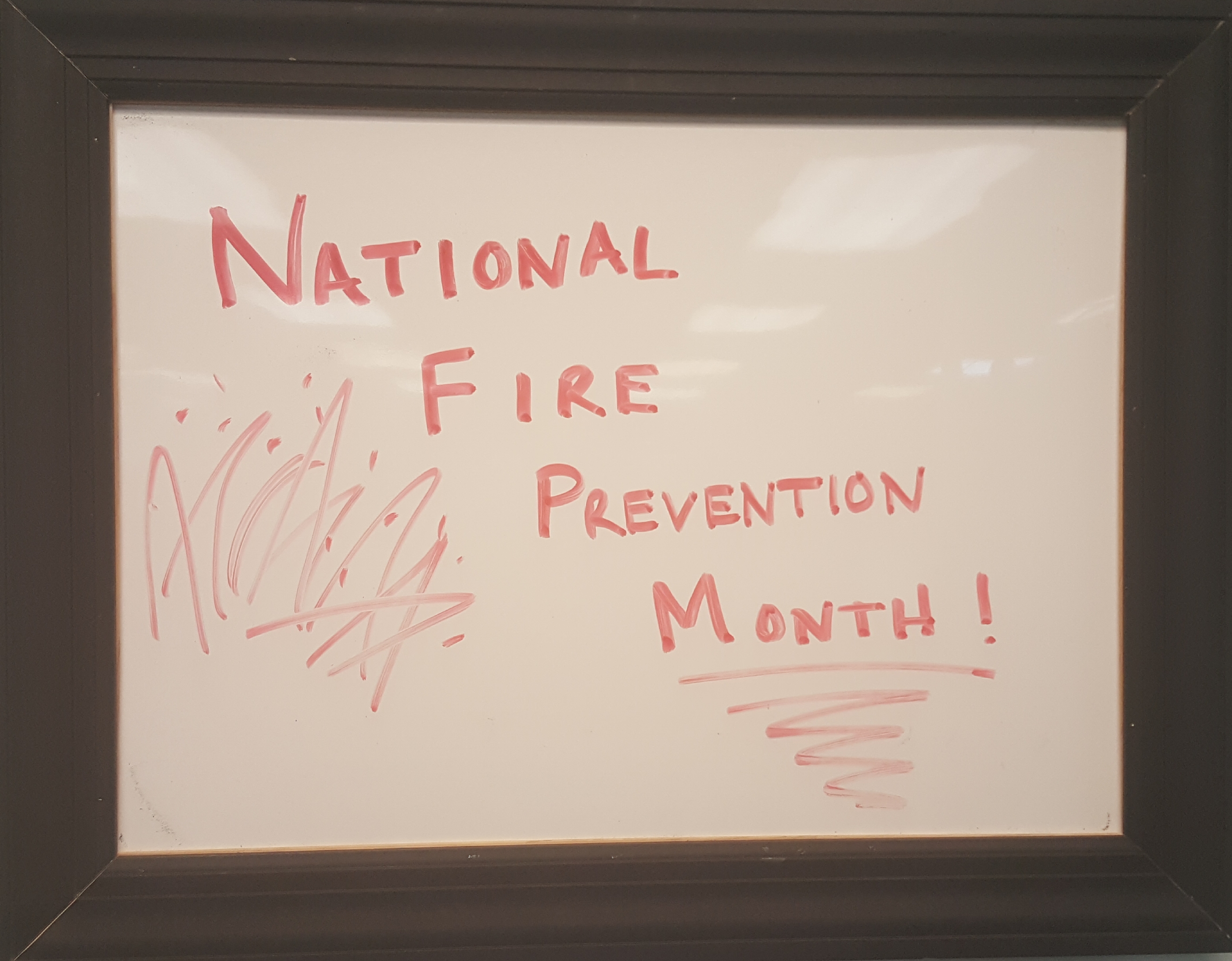Candy Corn Fun Facts
Although everyone might seem pumpkin spice crazy at the moment, there is always one Halloween classic treat that will never be forgotten. And that is, candy corn. This sweet treat is a Halloween staple and often overlooked. We are going to give you some Halloween fun facts that you might not have known. And after reading our facts, let us know your favorite! And don’t forget to enjoy this classic treat on October 30th because that is National Candy Corn day!
• The original name for candy corn was “Chick Feed” and was marketed toward farmers.
• Candy corn has been around for over 130 years when George Renninger, a candy maker at the Wunderlee Candy Company, stumbled upon the perfect mixture of corn syrup, sugar and marshmallow flavoring, which invented the tri-color candy in 1880.
• Americans have debated on the style of how the kernels should be consumed. According to a survey, 46.8% of people think that the whole kernel should be eaten at once, compared to 42.7% that start at the white, narrow end. While the remaining 10.6% of people start at the wider yellow end.
• A recent CNN Facebook survey found that older people tend to like candy corn more than younger ones do. The study also found that 86% of females love candy corn compared to 14% of males.
• According to Google Insights, candy corn is the most searched for candy term in Google. Alabama has the highest about of candy corn searches out of all 50 states. The only thing sweeter than “Sweet Home Alabama” is the candy corn itself.
Written by: Sandra Costanzo





 Organize a special event during October to highlight the gifts of people with Down syndrome—a performance, or an art exhibit or a screening of a movie or video featuring characters with Down syndrome (you could also show the NADS video, Talents that Inspire)
Organize a special event during October to highlight the gifts of people with Down syndrome—a performance, or an art exhibit or a screening of a movie or video featuring characters with Down syndrome (you could also show the NADS video, Talents that Inspire) Organize a “Down Syndrome Awareness Day” at a local restaurant or community event.
Organize a “Down Syndrome Awareness Day” at a local restaurant or community event.